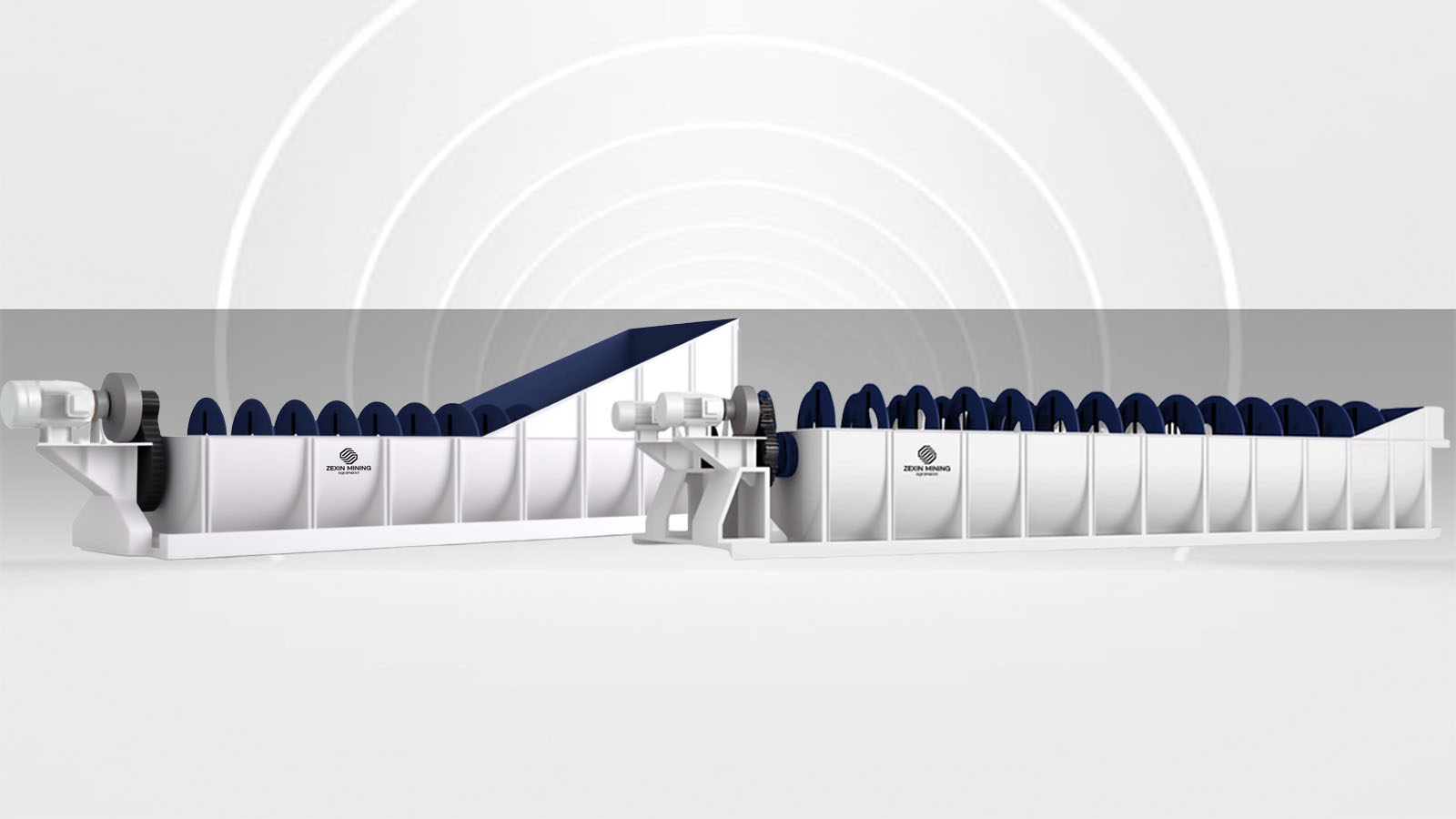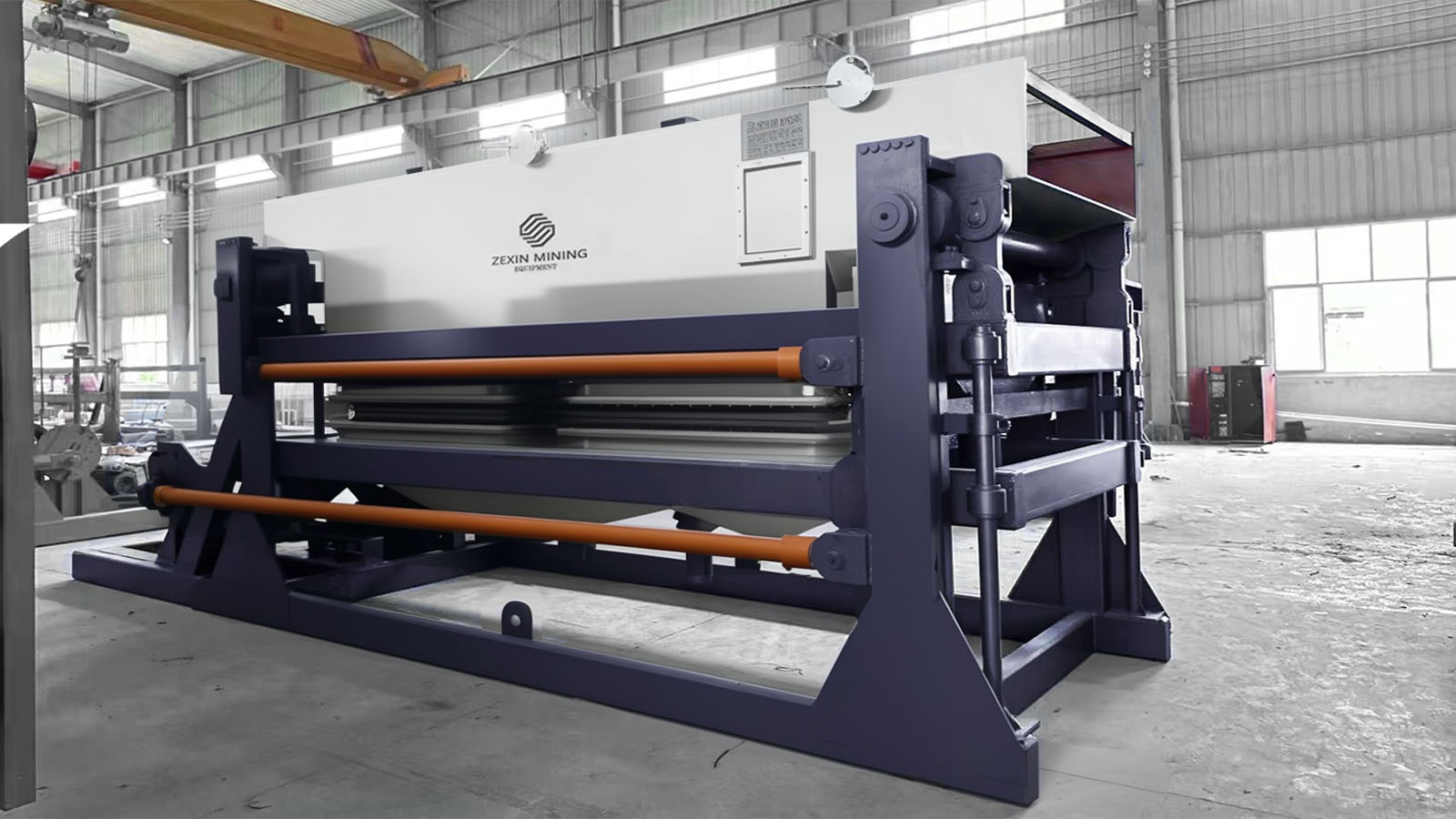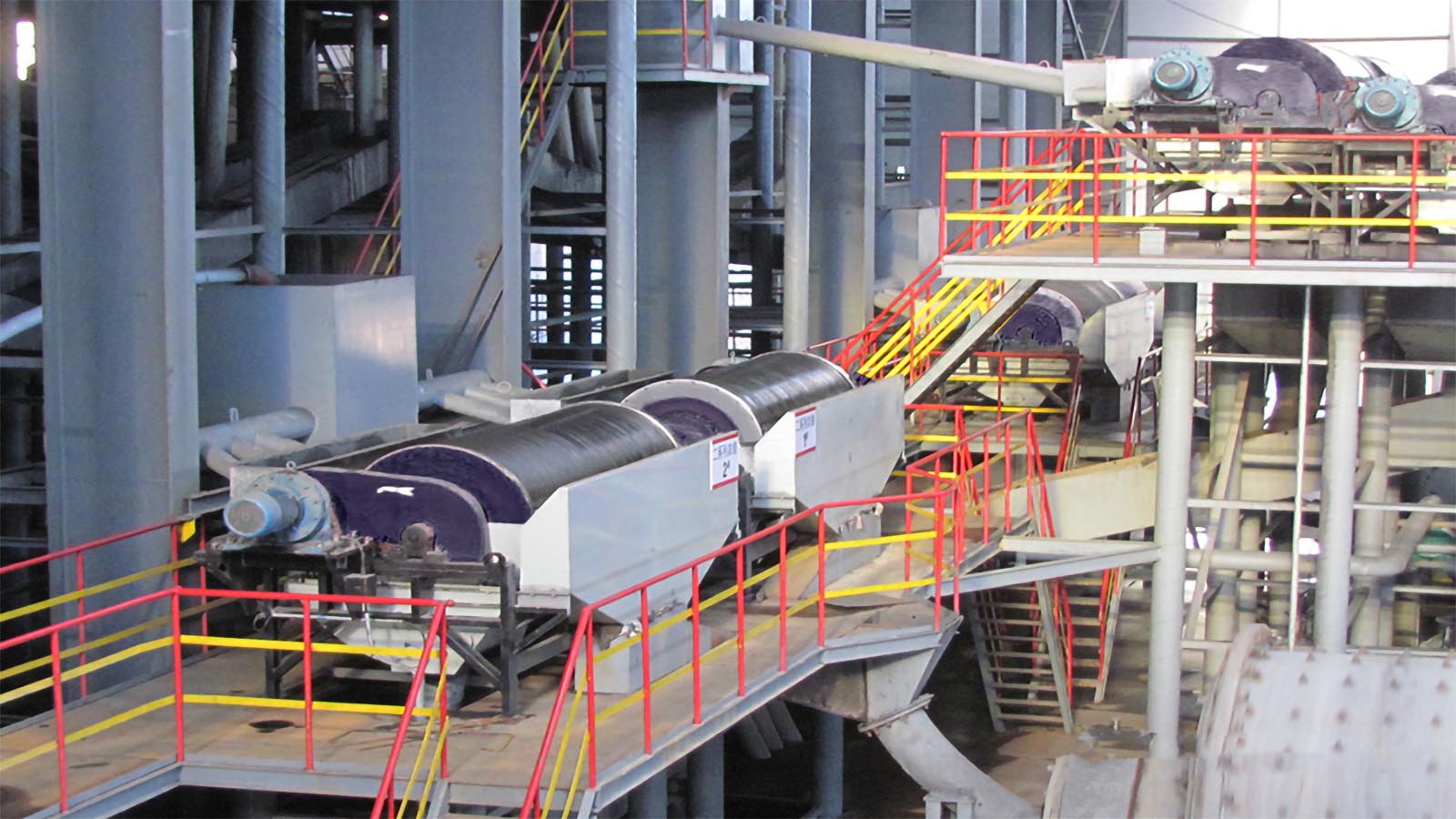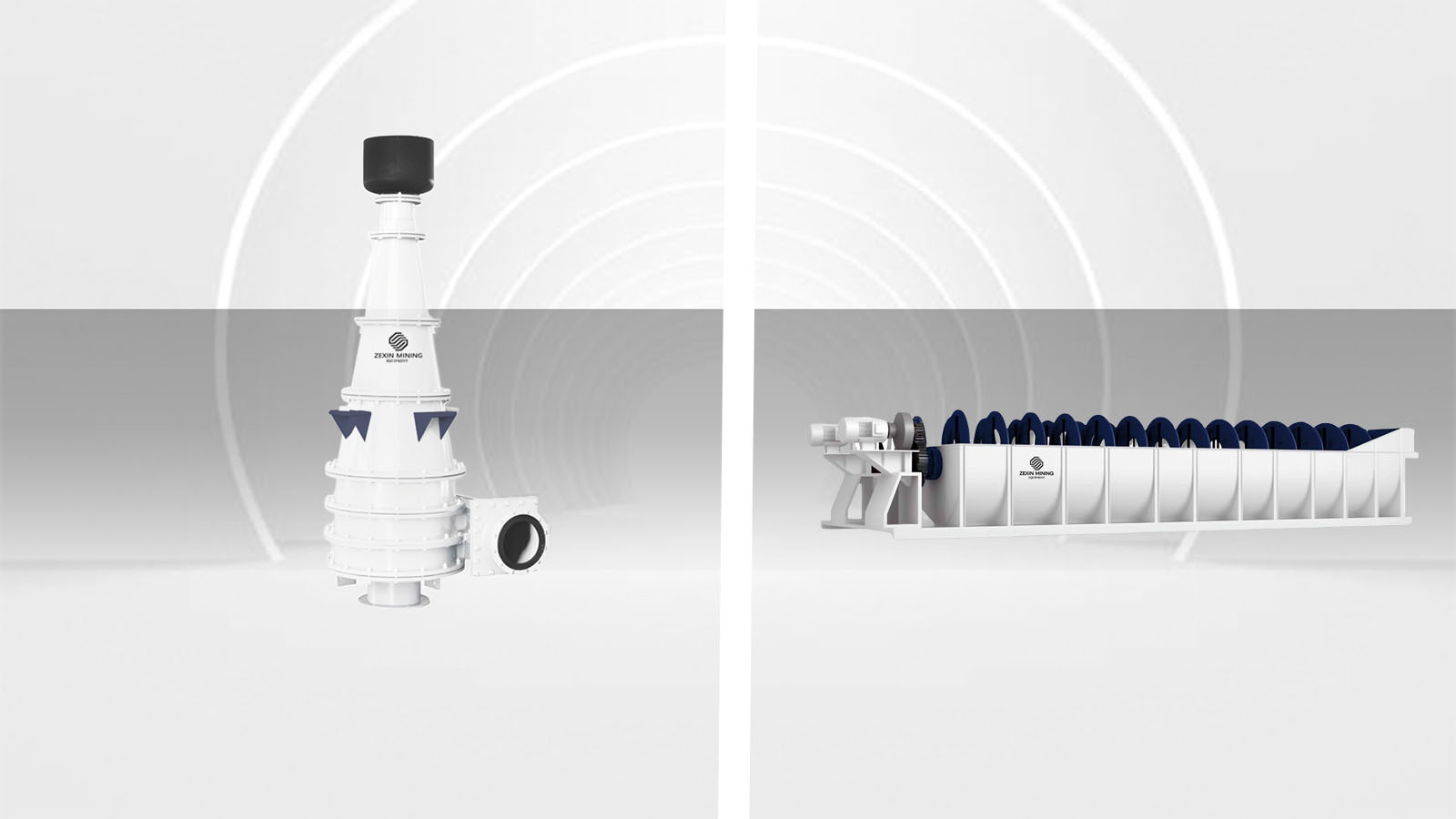
In modern mineral processing, efficient classification equipment is essential for successful ore beneficiation. Spiral classifiers, as one of the core devices in concentration plants, are widely used throughout the global mining industry due to their unique operating principles and reliable performance. This article analyzes the significance of spiral classifiers in mineral processing and explores their technical characteristics and application scenarios in detail.
Strategic Value of Spiral Classifiers in Mineral Processing
Spiral classifiers play an irreplaceable role in modern beneficiation processes, with their importance manifested in several key aspects:
1. Precise Particle Classification CapabilitiesObtaining material with appropriate particle size distribution is crucial for subsequent separation processes. Spiral classifiers effectively separate particles of different sizes based on settling velocity differences, ensuring:
- Prevention of over-grinding, conserving energy consumption
- Optimal feed particle size for downstream flotation or gravity separation processes
- Improved overall recovery rates and concentrate grades
2. Efficient Dewatering and Thickening FunctionsIn many beneficiation processes, controlling the moisture content in mineral slurries is vital for subsequent processing. Through their distinctive structural design, spiral classifiers:
- Achieve solid-liquid separation, reducing slurry moisture content
- Increase slurry concentration, optimizing conditions for subsequent separation processes
- Reduce transportation and processing costs, improving overall economic benefits
3. Specialized Desliming CapabilitiesFine slimes negatively impact many beneficiation processes, particularly in flotation and gravity separation. Spiral classifiers demonstrate excellent performance in desliming:
- Effectively removing ultrafine slimes that affect flotation reagent efficiency
- Reducing interference from adhesive slime materials in gravity separation processes
- Enhancing selectivity and precision in separation processes
4. Reliable Density Separation EffectsBeyond classification based on particle size, spiral classifiers can also perform preliminary separation utilizing particle density differences:
- Providing pre-treatment for gravity separation, improving separation efficiency
- Achieving early gangue removal in pre-selection stages
- Increasing the capacity and economics of downstream processes
Technical Classification and Feature Analysis of Spiral Classifiers
Spiral classifiers on the market can be categorized into various types based on structural design and application scenarios, each with unique technical characteristics and suitable conditions.
1. Classification by Spiral QuantityBased on the number of spiral shafts, spiral classifiers can be divided into:
- Single Spiral Classifiers: Simple structure, suitable for small to medium-sized concentration plants, lower maintenance costs, but limited processing capacity
- Double Spiral Classifiers: Higher throughput, suitable for large concentration plants, greater efficiency, but relatively higher energy consumption and investment
2. Classification by Overflow Weir Height and Spiral PositionBased on the height of the overflow weir and the position of the spiral in the slurry, spiral classifiers are primarily divided into three types:
- Low Weir Spiral Classifiers: Overflow weir below the spiral axis, small settling area, lower classification efficiency, rarely used in modern concentration plants
- High Weir Spiral Classifiers: Overflow weir above the spiral axis, moderate settling area, classification particle size adjustable within a certain range, one of the most widely applied types currently. High weir classifiers are particularly suitable for forming closed-circuit grinding systems with ball mills, effectively controlling the particle size distribution of grinding products
- Submerged Spiral Classifiers: Multiple blades at the end of the spiral section completely submerged in slurry, large settling area, deep classification pool, minimal disturbance to slurry surface from spiral agitation, especially suitable for processing fine materials with high classification precision
Process Application Optimization of Spiral Classifiers
In actual production, the application effectiveness of spiral classifiers depends on the reasonable configuration and control of various process parameters.
1. Key Operational Parameter OptimizationTo achieve optimal classification results, the following parameters require particular attention:
- Spiral Rotation Speed: Excessive speed causes overagitation of the slurry surface, affecting fine particle settling; insufficient speed reduces sand transport efficiency
- Feed Concentration: The reasonable concentration range is typically between 25%-45%; excessive concentration affects settling performance, while insufficient concentration reduces production efficiency
- Overflow Weir Height: Adjusting weir height directly influences classification particle size, serving as an important means of controlling product quality
2. Typical Application Process ConfigurationsConfiguration methods for spiral classifiers in different beneficiation processes:
- Closed-Circuit Grinding Systems: Forming a closed circuit with ball mills, returning unqualified coarse particles to the ball mill for regrinding, the most common application method
- Classification-Flotation Process: Serving as pre-treatment equipment before flotation, providing feed material of appropriate particle size, improving flotation efficiency
- Pre-treatment for Gravity Separation Processes: Removing fine slimes and performing preliminary density classification, creating favorable conditions for gravity separation
Based on years of practical experience, the Zexin Mining technical team notes that while spiral classifiers have a simple structure, their appropriate selection and optimized operation have a decisive impact on beneficiation results. In practical applications, thorough consideration should be given to ore characteristics, processing scale, and process requirements when selecting the most suitable classifier type and parameter configuration to maximize technical advantages and achieve optimal balance between beneficiation efficiency and economic benefits. With the continuous development of mining technology, innovations in materials, structure, and automated control of new spiral classifiers continue to provide more efficient and reliable classification solutions for mineral processing.
Related News

Key Factors Analysis and Control Strategies for Optimizing Mining Jig Performance

Advanced Iron Ore Processing: Comprehensive Analysis of Four Major Magnetic Separator Types
